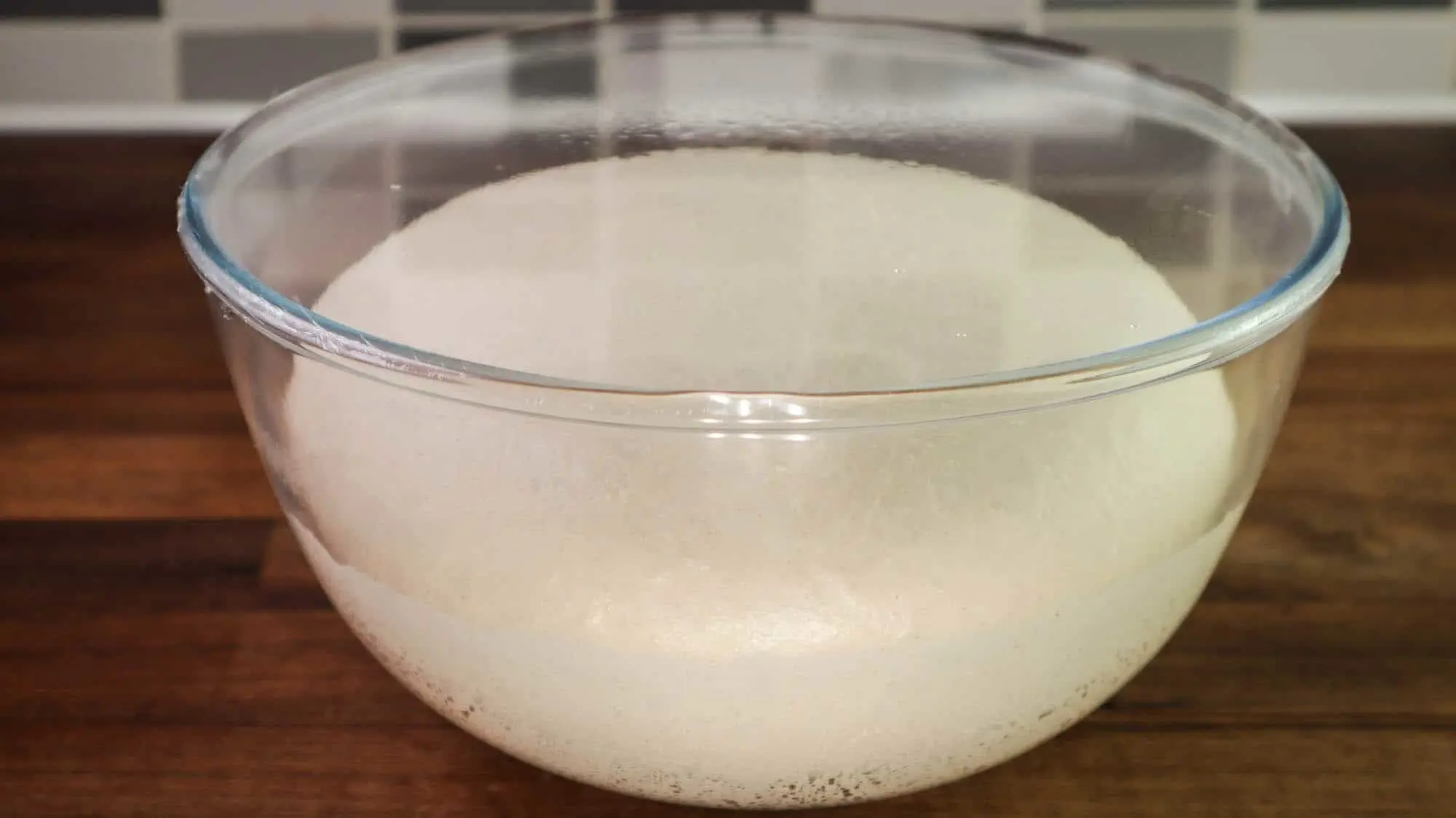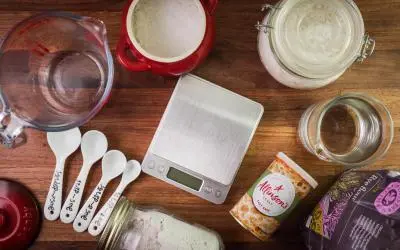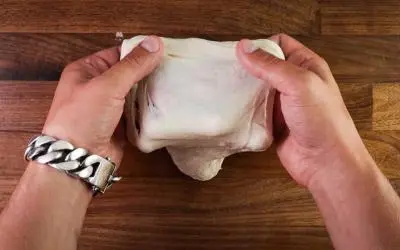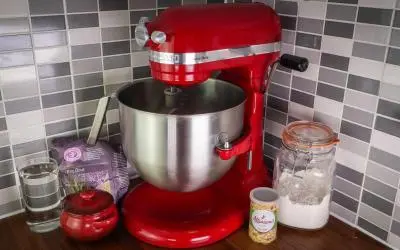As soon as you stop kneading your dough fermentation begins.
There are several leavening agents that can be used to ferment dough.
From a leaven made from a sourdough starter to yeast or yeasted preferments like poolish or biga.
During the bulk fermentation stage, the dough develops most of its flavour.
To achieve good flavour, texture and keeping quality in any bread fermentation time is important. Generally longer fermentation will achieve this.
There are many breads, especially yeasted ones that will be fermented quickly. This is generally for achieving a soft fluffy crumb and a soft crust, but flavour will suffer at the same time.
Sourdough (naturally leavened) bread has that characteristic flavour and texture because it is generally fermented slowly over a long period of time. Organic acids get produced in the dough which contribute to flavour and have a strengthening effect on dough structure.
Apart from developing flavour and texture during bulk fermentation the dough fills up with carbon dioxide which makes the dough expand and rise.
Without the build-up of gas, the dough would stay flat and be under proofed.
The temperature of your dough and the place where it is fermenting is crucial. The optimal dough temperature after mixing for wheat-based dough is 24-26C (75-79F). For rye bread it is around 26C (79F). Of course, it all depends on the temperature of your kitchen.
Maximum yeast activity occurs at around 26C (79F), but while it will ferment quickly and fill up with gas – at the same time, the dough will not spend enough time developing flavour.
To get the perfect balance of developing flavour and gas production the dough should be around 24-25C (75-78F).
If your dough came out warmer, then ferment it for less time. If it is cooler, then do it for longer.
Watch the video here



